 Rapid Recognition is a way that we can use 'memory pictures' to enhance the way we play. What follows is a number of common checkmate patterns that you should memorise. I have reduced the board to only include the actual checkmate positions around the attacked King, so that you can 'capture' the arrangement of pieces more easily. Rapid Recognition is a way that we can use 'memory pictures' to enhance the way we play. What follows is a number of common checkmate patterns that you should memorise. I have reduced the board to only include the actual checkmate positions around the attacked King, so that you can 'capture' the arrangement of pieces more easily.
By retaining a 'memory picture' of these positions you will readily see when they may be used to bring games to a satisfactory conclusion.
Recap
The minimal material required to force checkmate is:
1. King and Queen.
2.King and Rook.
3.King and two Bishops.
4. King, Knight and Bishop.
5. King and three Knights (This unlikeley situation only arises when a Pawn has beeen promoted to a Knight)
You cannot force checkmate with;
1. King and Bishop against King
2. King and Knight against King
3.King and two Knights against King unless there are other pieces on the bord as well.
|







 Rapid Recognition is a way that we can use 'memory pictures' to enhance the way we play. What follows is a number of common checkmate patterns that you should memorise. I have reduced the board to only include the actual checkmate positions around the attacked King, so that you can 'capture' the arrangement of pieces more easily.
Rapid Recognition is a way that we can use 'memory pictures' to enhance the way we play. What follows is a number of common checkmate patterns that you should memorise. I have reduced the board to only include the actual checkmate positions around the attacked King, so that you can 'capture' the arrangement of pieces more easily. 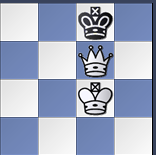

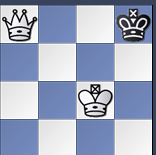
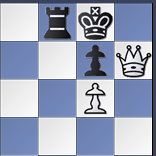
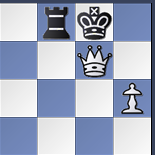
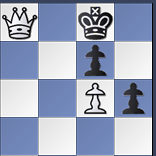
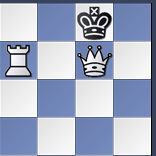
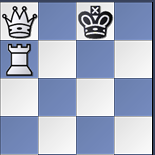

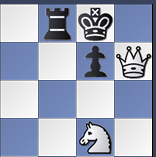
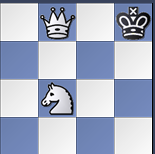
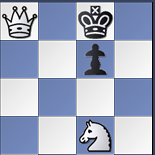
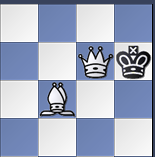
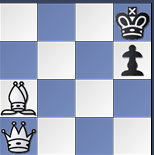

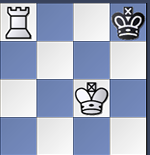
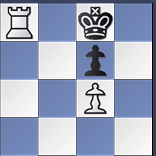
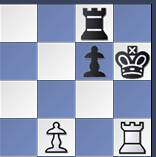
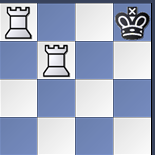
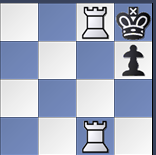
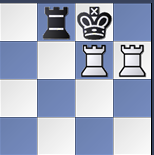
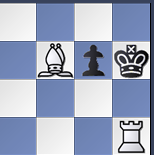
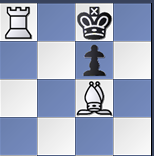
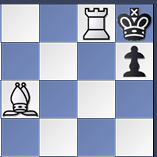
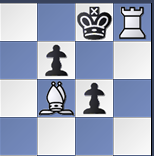
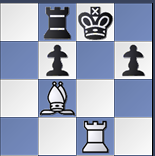
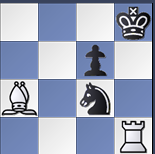

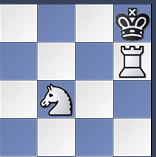
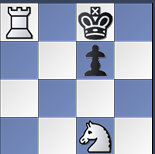
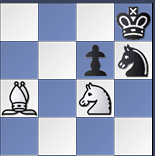
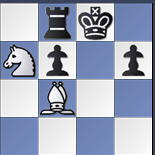
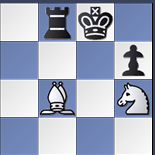
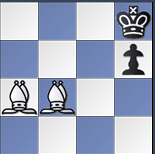
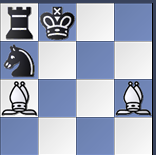
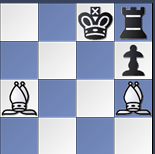
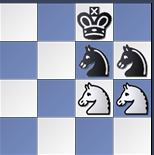
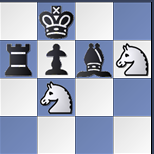
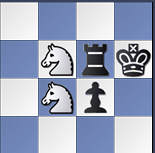
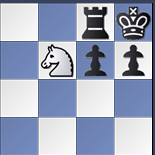
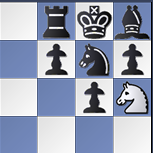
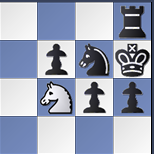

 DISCLAIMER: The information given in this site is presented in good faith, but the site-author is human and does make mistakes! Should you find anything that you believe is in error please notify the Webmaster of your finding.
DISCLAIMER: The information given in this site is presented in good faith, but the site-author is human and does make mistakes! Should you find anything that you believe is in error please notify the Webmaster of your finding.